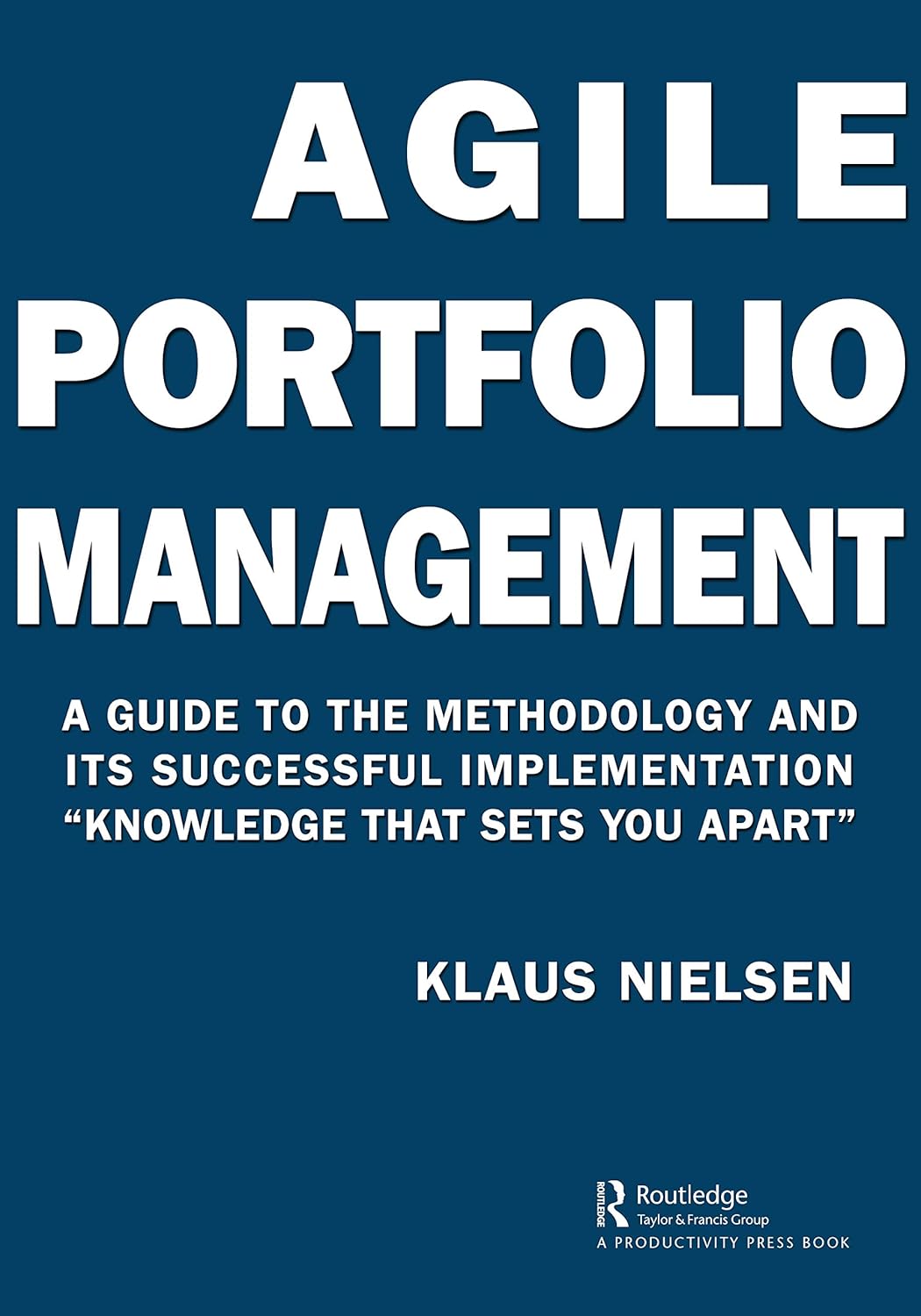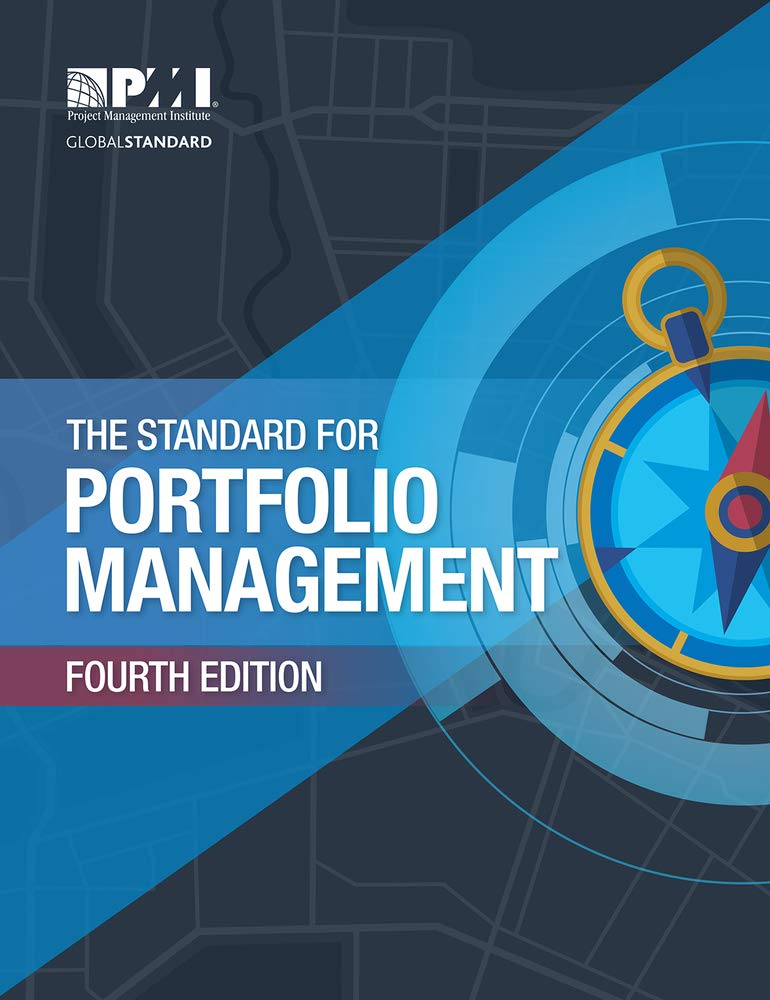
Portfolio
What is a Portfolio?
In project management, a portfolio is a collection of projects, programs, and related work that an organization manages together to achieve its strategic objectives. Unlike a single project or program, a portfolio aligns all initiatives with an organization’s goals and allocates resources across them based on priorities, risks, and potential value. It provides leadership with a clear overview of current and future efforts, allowing for better decision-making and long-term planning.
Portfolio managers ensure organizations do the right work at the right time by evaluating ongoing and proposed projects. They align these projects with strategic priorities, which helps organizations optimize investments, balance competing demands, and adjust to changing circumstances while maintaining focus on long-term goals.
Key Points
- It may include active projects, programs, and even non-project work that supports an organization’s strategic direction.
- Its focus is on strategic alignment and value delivery rather than the execution of individual projects.
- Portfolio managers oversee the selection, prioritization, and governance of projects within the portfolio.
- Its successful management requires strong collaboration between executive leadership and project teams.
- It is dynamic; it changes as organizational strategies evolve or as new opportunities and risks arise.
Related Terms
- Program management involves coordinating related projects to achieve benefits that would not be possible if managed separately.
- Project governance defines the framework for decision-making, accountability, and control within projects and portfolios.
- Resource allocation refers to distributing personnel, time, and funds across various projects in the portfolio based on their strategic value.
- Strategic alignment ensures that all projects and programs in the portfolio support the organization’s long-term objectives.
- Risk management within a portfolio helps balance high-risk, high-reward projects with more stable initiatives.
Portfolio: Example
A national telecommunications company manages a portfolio that includes network upgrades, new product development, and regulatory compliance initiatives. Each project or program serves a different purpose, but collectively they support the company’s goal of expanding market share and ensuring service reliability. The portfolio manager works closely with executives to assess performance, prioritize work, and shift resources as needed to meet strategic targets.
Portfolio: Best Practices
- Establish a formal portfolio governance structure to guide decision-making and accountability.
- Regularly evaluate projects for alignment with strategic goals and adjust as needed.
- Use data-driven tools and performance metrics to support its planning and reporting.
- Maintain clear communication between portfolio managers, project teams, and executive leadership.
- Ensure flexibility in the portfolio to respond quickly to new opportunities or changing conditions.
Additional Resources
Preparing for a PMI certification?
- Exam Prep Courses: PMP®, CAPM®, and PMI-ACP®
- Exam Simulators: PMP®, CAPM®, PMI-ACP®, PMI-PBA®, PMI-RMP®, PMI-SP®, PgMP®, and PfMP®
- Professional Development Units (PDUs): 15, 30, and 60 PDU Bundles




